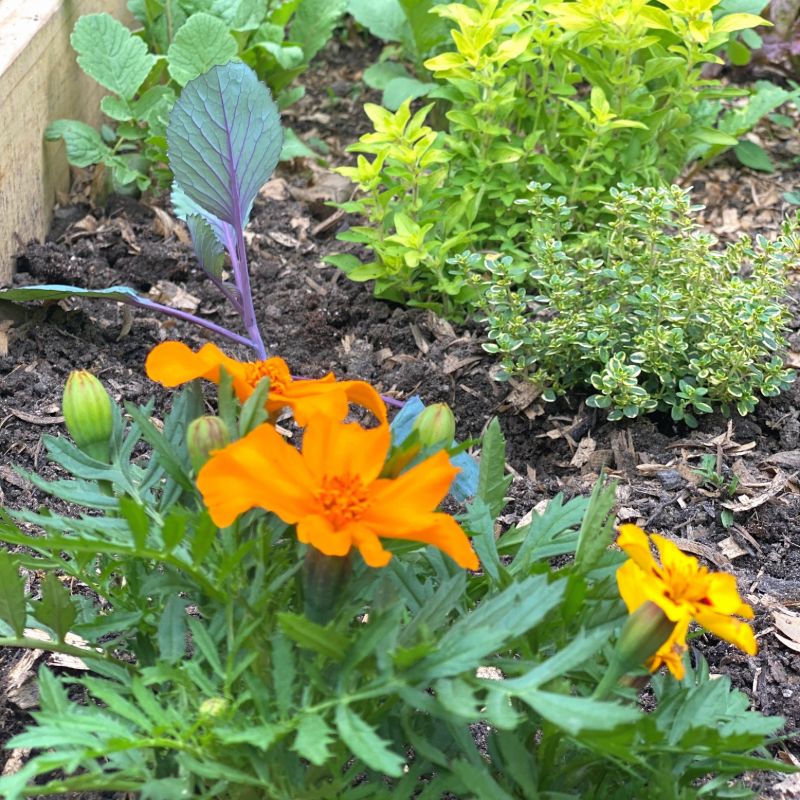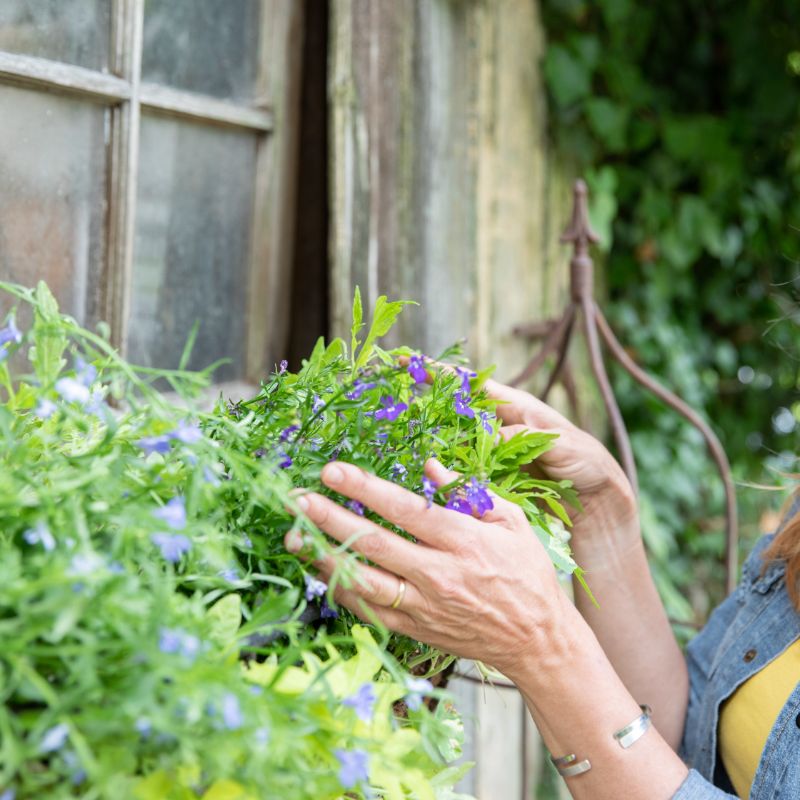For years I made this mistake.
I had one area of my yard that was for vegetables, and another that I landscaped for beauty. What a shame! What a missed opportunity. I have learned the error of my ways. Let me tell you what changed my mind.

In my graduate studies at Penn, I learned how critical a healthy ecosystem is to our planet. That means plants, insects, birds and animals all playing their role together. Drastically edit a natural element out and you risk throwing off the whole picture. In so many suburban communities, developers have stripped that land bare before building and eliminated EVERYTHING! (Please note: I’m not into
eco-shaming. If you live in one of these developments, let’s just talk about how to bring some balance back). Landscapers then roll in and plant beautiful shrubs and trees that are specifically chosen not to cause problems by attracting insects so homeowners can have as carefree a yard as possible. But if you want to grow vegetables, you need to welcome insects and birds back in to keep damaging insects in check.
Behold the power of the flower.
Flowers are not only good for the soul – such a range of color and beauty! – they attract all kinds of pollinators and beneficial insects to your garden. Bees, butterflies, lady bugs, green lacewings and praying mantis all play a role in either pollinating your vegetable plants for a robust harvest or eating thousands upon thousands of pests, including ones that attack you
(looking at you, mosquitoes!)

Many flowers also act as decoys and attract garden pests, keeping them safely away from your food producing plants. Or, their strong smell that enchants you and I is stinky to a wide variety of bugs. They will avoid those flowers and everything around them.
Finally, many of these flowers are edible!
You heard me; you can absolutely eat them and they have their own flavor and nutrient profile. What gorgeous salads and fresh summer dishes you’ll make once you start adding edible flowers to your garden. Nasturtiums, borage, marigold, pansies, calendula, hibiscus, and even roses are all edible and have different flavors. When herbs like sage, rosemary and chive produce flowers, their purply-blue blossoms will have a more intense flavor than their host.

So instead of planting that boring row of marigolds around your shrubs and relegating your nasturtiums to your window boxes, tuck them right into your vegetable garden. They’ll protect your plants, add breathtaking beauty and make a creative addition to your dinner plate.

